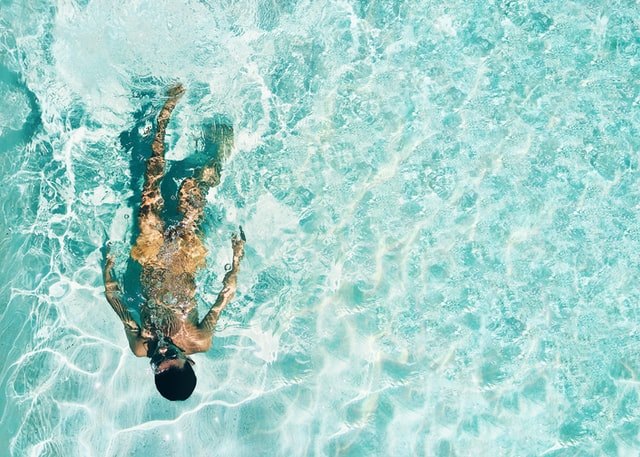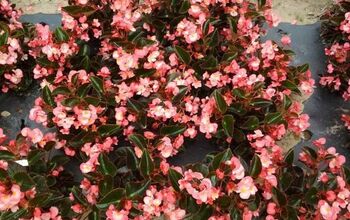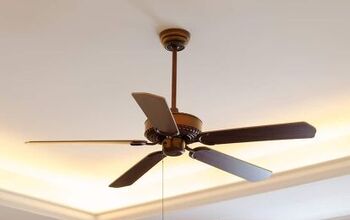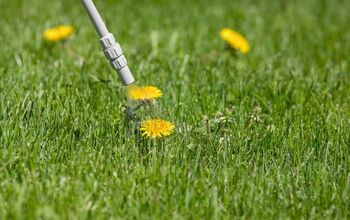What Are The Most Common Colors Of Pool Plaster? (Find Out Now!)

Pool plaster is the most popular pool resurfacing option for concrete pools. Part of its success is its time-tested results as well as the wide range of different colors that it comes in. If you love customization, then you might want to know what the most popular pool paster colors are. Don’t worry, we’ve got you covered.
The most popular pool plaster colors are commonplace due to their ability to hide imperfections as well as their resistance to fading. The top colors include white, greys, blues, turquoise, and tan. The most common pool plaster currently in use is medium grey because of the deep blue tint it gives pool water.
Picking the right pool plaster can make a big difference in how your pool looks and feels. It’s time to take a look at the most popular picks on the market.
Do You a Need Pool, Spa, or Hot Tub Contractor?
Get free, zero-commitment quotes from pro contractors near you.

The Most Common Colors Of Pool Plaster
Pool plaster color choice is something that you need to take into account when you’re resurfacing a pool. The right plaster color can hide imperfections and reduce fading. That’s why we regularly see these colors below…
White
White was the original plaster color derived back in the 1950s, and it remains pretty popular in spas today. This may be one of the harder plasters to work with in terms of imperfections, but it’s still popular nonetheless. It doesn’t actually show white when the pool is in use. Due to the blueish hue of water, you should expect an ultra-light blue effect like the photo above.
Light to Medium Greys
Want to add a nice splash of luxury? Look into grey. Greys are the most resistant to fading and also help hide imperfections. Like white, greys offer a way to get a blue look to your pool without it being heavy-handed. Most top pool designers also note that grey has a natural way of looking elegant. Here, we see a grey tile and concrete pool. It’s gorgeous, especially with its brown surroundings.
Blues
Did you ever see a pool that had a blue bottom? If so, you might have been taken aback by how blue it really was. That’s the reason why people love this plaster color. Blue pool plaster will make your home’s pool look thoroughly aquatic, in that way only a truly traditional styling can do. Like white, blue is extremely common and is more traditional than greys tend to be.
Note: blues are one of the most common plaster colors for home pools. As a result of them being more traditional, they tend to be cheaper. Unfortunately, bright blues can be more prone to fading than other shades of blue. Watch out for issues regarding fading if you want to choose a blue color.
Turquoise
Turquoise is a highly aquatic color that reminds people of bathing in the tropics, which is why people who want to have a Caribbean flair tend to want to use this color. This is one of the few popular plaster colors that has a tinge of green to it. It’s a good thing, really. To get the most out of a turquoise pool surface, try to pair it with sandy-colored concrete flooring and bold tropical accents. You’ll thank me later.
Like white, grey, and blue, turquoise is a very safe color for your pool. You really can’t go wrong with it.
Beige
Though it’s not as common as most of the others on this list, beige pool plaster is still fairly common in certain circles. This is a plaster shade that tends to be used to mimic sand. As a result, it’s really popular with zero-entry pools as well as pools that are meant to mimic a beach look. Fans of exotic-styled concrete will enjoy having this. It’s also a good accent color for pools that are going to have two different plaster colors.
The big drawback here is that beige tends to show imperfections a lot. In fact, it shows them more than regular white plaster would and can also give your pool a dirty look if you’re not careful. The good news is that this can also give your pool’s water an oceanic, almost greenish tint to it. This is why many beach entry pools tend to select it.
Dark Grey
Dark grey is one of those colors that makes your entire pool get a certain mood. Along with trapping heat and reducing pool heating costs, deep grey plasters can give your pool a very specific luxury feel. Since greys are starting to become more “in vogue,” you can expect to see this color increasingly requested among pool designers. There are a lot of people who use this as a way to get a nice contemplation pool going, too.
Do You a Need Pool, Spa, or Hot Tub Contractor?
Get free, zero-commitment quotes from pro contractors near you.

Related Questions
What is the best kind of pool plaster?
If you want to get the best durability on the market, then you are going to need to get White Marble Plaster. This is considered to be the most durable and fade-resistant type of plaster. Though it’s called “White Marble,” it also comes in a wide range of colors. So, don’t worry. It’s still customizable and easy to install in the color of your choice.
How often should you replaster a pool?
This all depends on the quality of your plaster, and there are several schools of thought on the matter. One group will suggest replastering your pool once every five years, though many find this to be excessive. Most people, though, agree that replastering your pool once every 10 years is going to be more than sufficient.
Does colored pool plaster fade?
Though most pool plasters on the market are fade-resistant, not all of them are. Pool plasters can fade, especially if they are regularly exposed to high levels of UV light. A good rule of thumb is that more pigmented pool plasters are the ones that are more prone to fading. Once you notice fading in your plaster, it’s time to replaster your pool. Color fading is a sign of plaster failure.

Ossiana Tepfenhart is an expert writer, focusing on interior design and general home tips. Writing is her life, and it's what she does best. Her interests include art and real estate investments.
More by Ossiana Tepfenhart































![10 Most Dangerous Neighborhoods in Baltimore [Updated]](https://cdn-fastly.upgradedhome.com/media/2023/07/31/9075655/10-most-dangerous-neighborhoods-in-baltimore-updated.jpg?size=350x220)

